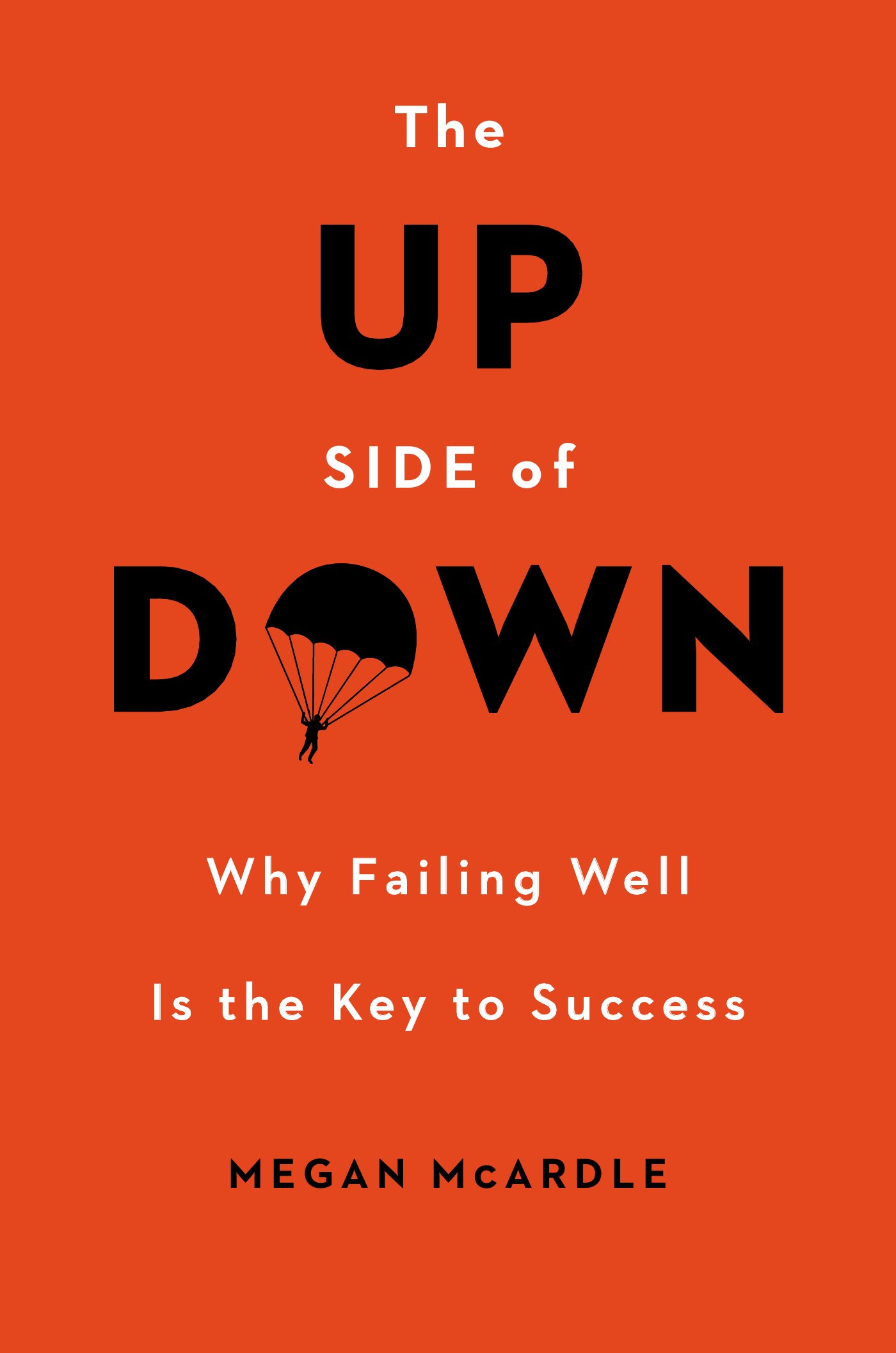Classic: Know Your Debt Crises: This Too Shall Pass
The following was published at RealMoney on August 6th, 2007:
Editor?s Summary
The illiquid debt instruments at the heart of the current crisis are subject to regime shifts.
- ?We?re in a periodic repricing of illiquid debt instruments.
- Look for the time when the bulk of the losses will be reconciled.
- Stick with the companies that have strong balance sheets.
I appreciated Cramer’s piece Friday morning, which picks up on many themes that I have articulated for the last four years here on RealMoney.? Here are a few:
- Hedge fund-of-funds demand smooth returns that are higher than that which a moderate quality short-term fixed-income fund can deliver.
- This leads to the creation of hedge funds that seek yield through arbitrage strategies.
- And the creation of hedge funds that seek yield through buying risky debts, unlevered.
- And the creation of hedge funds that seek yield through buying less risky debts, levered.
- And the creation of hedge funds that seek yield through buying risky debts, levered.
In the short run, yield-seeking strategies work.? If a lot of players pursue them, they work extra-well for a time, as late entrants to the trade push up the returns for early entrants, with greater demand for scarce, illiquid securities with extra yield.? Pricing grids are a necessity for such securities, because the individual securities don’t have liquid secondary markets.? The pressure of demand raises the value not only of the securities being bought, but also of those securities that are like them.? (Smart managers begin to exit then.)
I’ve been through regime shifts in the markets for collateralized debt obligations (CDOs), asset-backed securities (ABS), residential-backed securities (RMBS) and commercial mortgage-backed securities (CMBS).? Something shifts at the back of the chain that forces everything to reprice.? For example:
1989-1994: After the real estate boom of the mid-1980s, many banks, savings & loans and insurance companies get loose in their lending standards and real estate investment, leading to a crisis when rent growth can?t keep up with financing terms; defaults ensue, killing off a great number of S&Ls, some major insurance companies and a passel of medium and small banks.
Late 1991-early 1993: The adjustable-rate mortgage market, fueled by demand from ARM funds, overbids for ARMs in an effort to provide a high floating rate yield.? As the FOMC loosens monetary policy, higher than expected prepayments force losses onto the ARM funds
Late 1993-late 1994: The FOMC threatens to, and does, start raising interest rates, which throws the residential mortgage-backed market into crisis.
Mid-1998-mid-1999: Long Term Capital Management blows up, forcing all manner of exotic ABS, CMBS and RMBS into the market for bids.? The bids back up, until the entire market reprices and then tightens in the space of one year.
1998-1999: Home equity ABS blow up, as defaults threaten to, and then do, emerge at levels far higher than anticipated.? Almost no originators survive.
1999-2001: Cruddy high-yield bonds reveal their true value as defaults threaten to, and then do, emerge.
2002-2003: The manufactured-housing ABS market blows up, as originators don?t take initial losses but roll borrowers over into new loans that reduce payments and extend payment terms, technically keeping the loans current.? The system collapses when the buildup of bad debts and repossessed homes becomes too great to roll over.
(Of the existing large securitization markets, only the CMBS market so far has not faced a real crisis, partly due to the influence of the B-piece buyers cartel: six or so firms that buy the junk-rated debt of deals and enforce credit quality standards on the individual loans by kicking out poorly underwritten loans.? But who knows?? Even that could be overwhelmed under the right circumstances.)
In each of these situations, there was a boom-bust cycle.? The markets did not adjust slowly and evenly to changing conditions; the transitions between ?boom? pricing, and ?bust? pricing were swift.? This is the nature of markets, particularly when enough debt is employed to amplify the process.
There is no conspiracy necessary to make the shift happen (though often the media will make it seem like there was one); the bubble pops when the financing proves insufficient to carry the assets.? After the bubble pops, it becomes a question of what the underlying assets can be liquidated for, allocating losses mercilessly according to the loan documents and bankruptcy priority.
Today the crises are nonprime lending, leveraged buyouts and other high-yield debt and over-leverage in the CDO market.? These will get worked out, as all other crises do, handing losses to those who speculated unwisely and allowing those who financed properly to prosper on the other side of the crisis.
As you invest, look for the time when more than half of the losses will be reconciled.? That will be near the bottom for homebuilders and housing finance.
That time may not come for another two years or so, but there will be money to be made once the crisis is mostly reconciled.? Just stick with the companies that have strong balance sheets.


 Failure. We’ve all experienced it. Can we benefit from it?? The answer is maybe, depending on the costs of failure.
Failure. We’ve all experienced it. Can we benefit from it?? The answer is maybe, depending on the costs of failure.